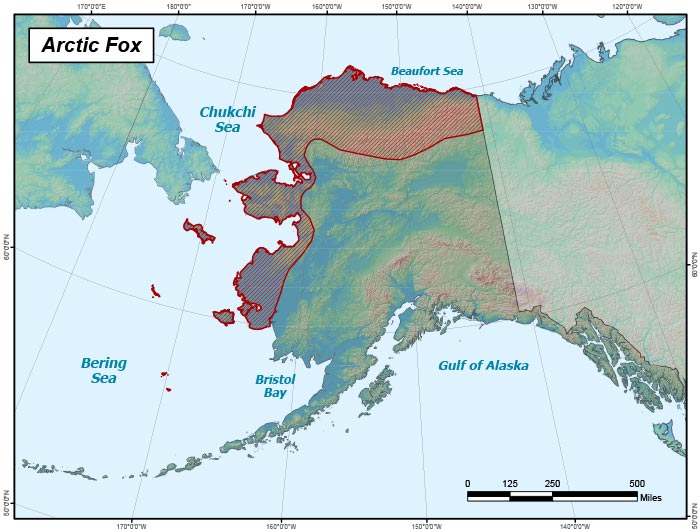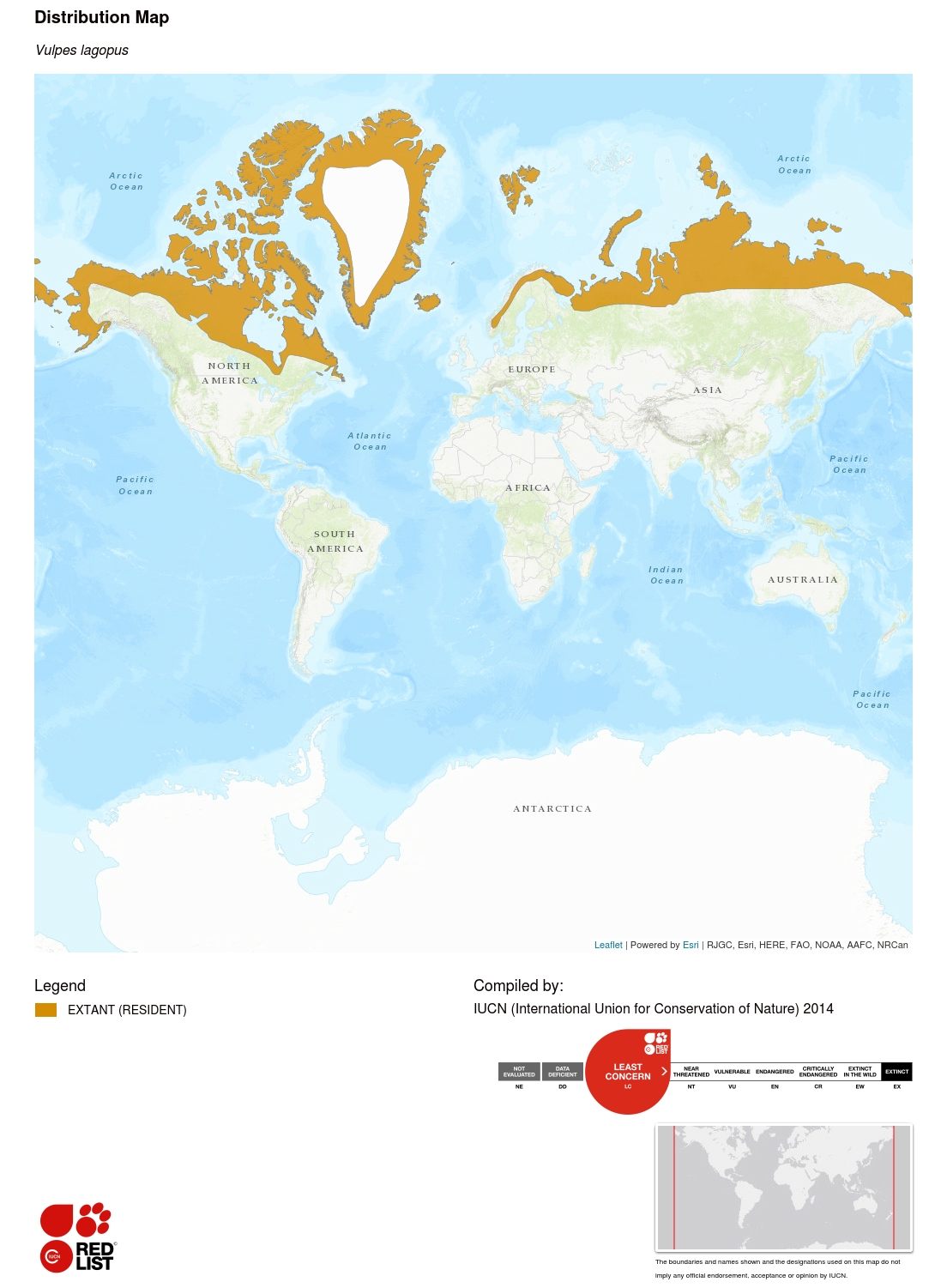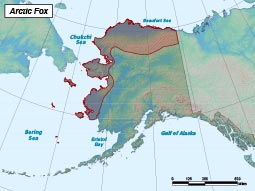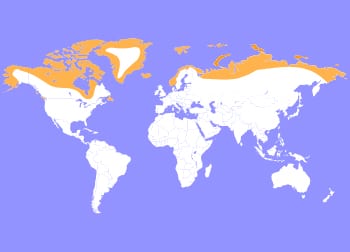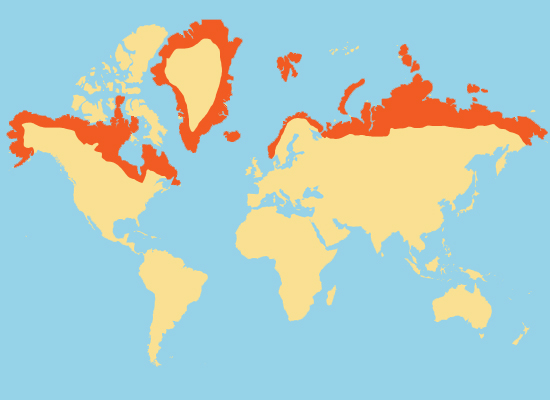Arctic Fox Range Map – Map data provided by IUCN. The Arctic fox is primarily a carnivore that lives inland, away from the coasts. They are dependent on the presence of smaller animals (most often lemmings) to survive. . With the snow melting, the Arctic fox’s iconic white fur coat no longer provides an edge over its competitors and its prey. This small fox species has also been losing ground to the adaptable and .
Arctic Fox Range Map
Source : www.adfg.alaska.gov
Arctic fox | Canids
Source : www.canids.org
File:Distribution arctic fox. Wikimedia Commons
Source : commons.wikimedia.org
Arctic Fox Facts for Kids | Polar Foxes | Snow Fox | Artic Animals
Source : animalfactguide.com
Arctic Fox | Environment and Climate Change
Source : www.gov.nt.ca
Arctic Fox Alopex lagopus NatureWorks
Source : nhpbs.org
Modern day distribution of red fox and arctic fox (after Larivie
Source : www.researchgate.net
Arctic Fox Species Profile, Alaska Department of Fish and Game
Source : www.adfg.alaska.gov
Arctic Fox Cub Creek Science and Animal Camp
Source : cubcreeksciencecamp.com
ArcticFoxes
Source : home.adelphi.edu
Arctic Fox Range Map Arctic Fox Range Map, Alaska Department of Fish and Game: Its body length ranges from 46 to 68 cm (18 to 27 in), with a generally rounded body shape to minimize the escape of body heat. The Arctic fox preys on many small creatures such as lemmings, voles, . Like polar bears, Arctic foxes face the looming reality of rising temperatures and melting ice as the Arctic quickly loses ground and its inhabitants face challenges for which evolution never prepared .
